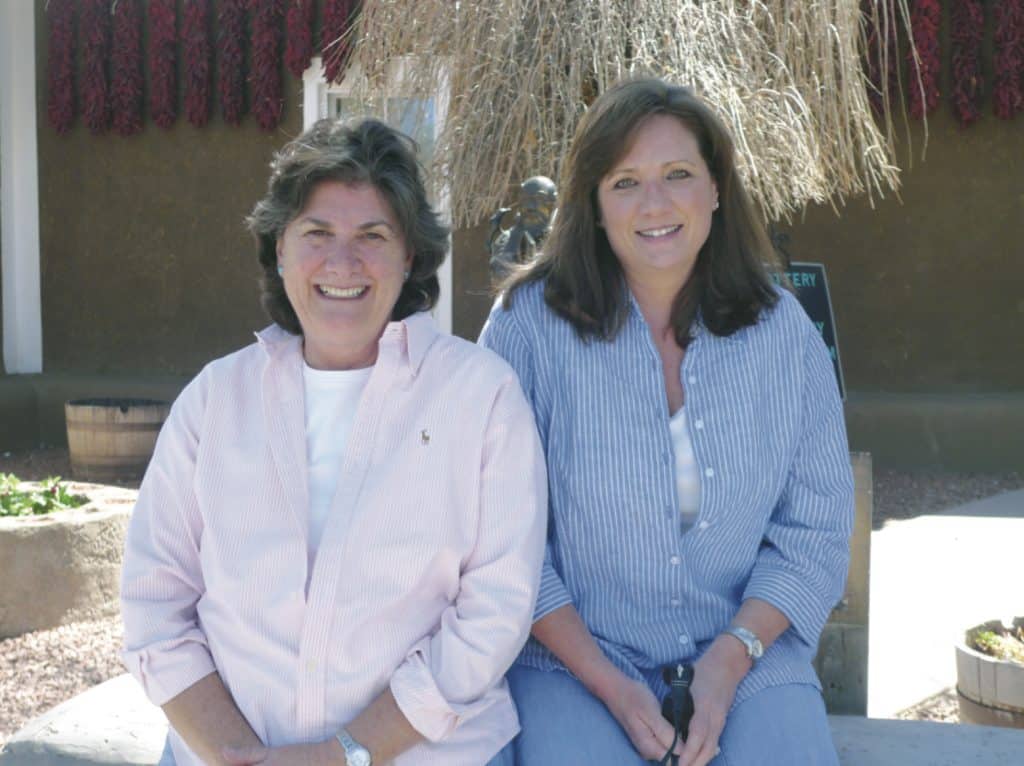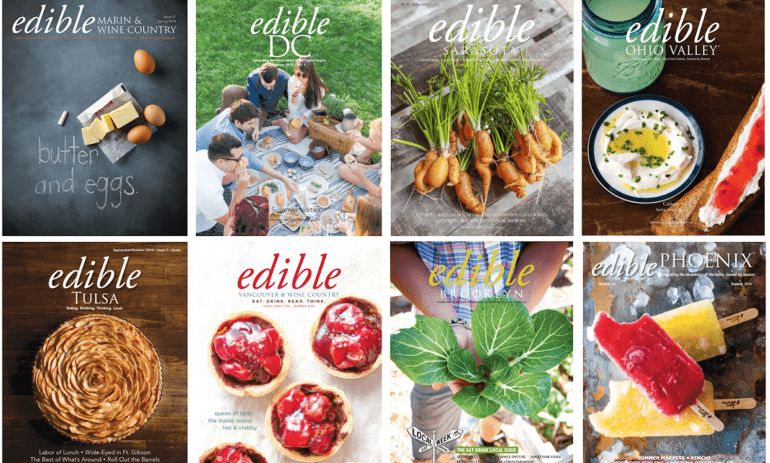“If you want to eat local, it helps to read local.”
Edible Communities, the largest media company exclusively devoted to the local good food movement, is celebrating its 15-year anniversary this Spring.
Since the launch of Edible Ojai and Ventura County in 2002, Edible Communities has grown to include more than 90 local Edible magazines and websites across the U.S. and Canada. Edible publications serve as a voice in the food world, covering local food, how it’s grown and harvested, what defines regional flavors and trends, and how to prepare and present food in a way that’s rooted in local culture. From the debut of Edible radio to winning the first-ever Publication of the Year Award from the James Beard Foundation, Edible Communities has evolved over the years but not strayed from this mission.
Food Tank had the opportunity to speak with Co-Founder Tracey Ryder about Edible Communities‘ journey and her personal motivations in advocating for a better food system each day.
Food Tank (FT): How did you initially become interested in food and the local food movement?
Tracey Ryder (TR): My family farmed in upstate New York for many generations and my father was an avid hunter and fisherman, so I grew up with local foods being part of my everyday life. The interest, later in life, in the local food movement really came from living and working in the Ojai Valley of California where agriculture and local food were front and center of daily life there.
FT: Has Edible’s focus and tone changed throughout the years?
TR: Overall, the focus really hasn’t changed much, although every community across North America, in each of the regions we publish in, seems far more aware of the issues surrounding this movement such as food security, water issues, fair compensation for farm workers, etc. If the tone has changed at all, it’s that there is more awareness of the “politics of the plate.”
FT: As founder of Edible Communities, how have you seen public interest in the food system transform over the past couple decades?
TR: Our readers are very smart people and their awareness has grown tremendously over the years. Public interest, in general, with regard to our food system is staggering. The concepts of food miles, seasonality, food security, etc., are all much more front and center in people’s lives than they were 15 years ago.
FT: Who are your biggest inspirations in the local food movement?
TR: There are so many people over the years who have inspired us! Author and educator Joan Gussow; the author and ethnobotanist Gary Nabhan; farmer Will Harris of White Oak Pastures in Georgia; Marion Nestle, Michael Pollen, and Barry Estabrook—all great thinkers who have done a lot to help move this movement forward.
Additionally, our readers inspire us because of the choices they make about local food—mainly the fact that they are so willing to support their local farmers and ranchers by spending money with them.

FT: What keeps you motivated to advocate for a better food system every day?
TR: Truthfully, it has a lot to do with our publishers themselves and the stories they tell on the pages of their magazines. Every single one of them works hard to produce a high-quality magazine that features all the good (as well as the challenging) things that are happening in their local communities, which has a direct and immediate impact on our regional food systems. By telling stories, people learn. When people learn and are inspired to make better choices about the food they eat, we all win.
FT: What do you see as the biggest challenge in achieving food system change?
TR: The biggest challenge, aside from the disruption in climate and water resources, is finding ways of making the food system fair and equitable to everyone. Making sure food is clean, fair, and just is complicated at best. The good news is that more and more people are realizing that there is a very high cost associated with cheap food if you look at it long term, and slowly, they are also realizing the good food that is fair and equitable to those who work so hard to produce it, should cost more. We’re certainly not there yet but we are making progress.
FT: What do you think is the most impactful way to promote local food consumption?
TR: Honestly, I believe it’s in the power of storytelling. Getting to know your neighbors, learning about their successes and challenges, finding out what’s just down the road or around the corner, and then seeing the impact that spending local dollars can have on local farmers, is a virtuous circle we could all use more of. One of the most rewarding responses we get from readers is when they tell us they’ve lived in a community their whole life and then found out about something they never knew about from reading our magazines. It’s hearing about those connections that literally impact the lives of members of our communities—that’s great storytelling.







